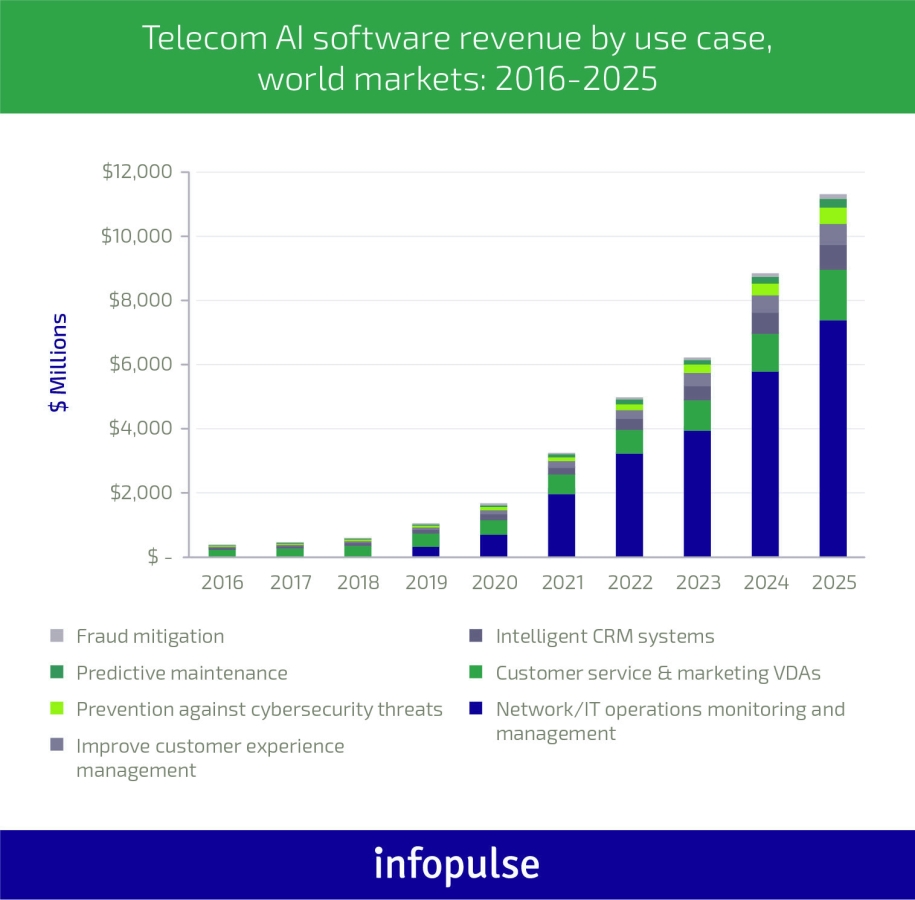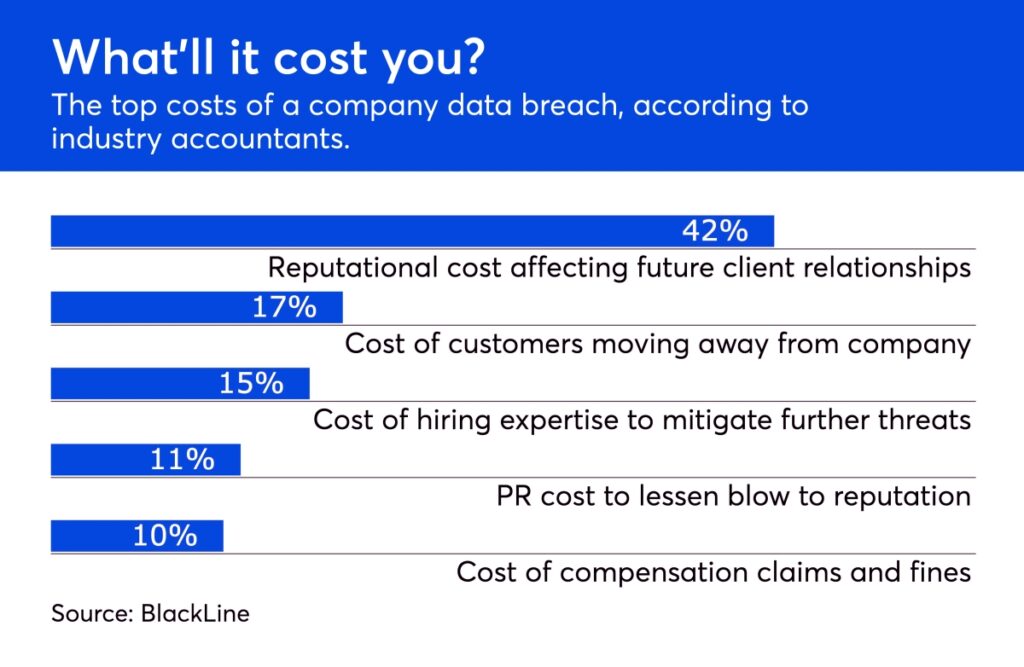
The Coronavirus/COVID-19 pandemic—perhaps more than any other event in human history— has exhibited the significant importance that telecommunications infrastructure performs in keeping businesses, governments, and societies connected and operational. This unexpected social and financial disruption induced by the pandemic has made people across the globe rely on technology for knowledge, for social distancing, and even remote working.
Communications Service Providers (CSPs) and media establishments are promptly responding to the economic and social impact of COVID-19. Despite a progressive increase in network usage, CSPs are supporting provisioning of capacity to facilitate critical services to run undisrupted during these uncertain times. Communications Service Providers are also witnessing a surge in the requirement, as they entertain, educate and inform a public increasingly confined to their homes.
Telecommunication sectors have a unique opportunity now to fundamentally change their relationship and confidence with customers if they take appropriate action.
The complexity of communication networks seems to progress inexorably with the deployment of innovative services, such as Software-Defined Wide Area Networking (SD-WAN), and Network Functions Virtualization (NFV). The huge surge in customer expectations and bandwidth requirement due to the current COVID-19 pandemic has pushed CSPs to the verge of increasing the intelligence of their network operations, planning and optimization.
This perpetual increase in traffic volume, network size, service complexity, and bandwidth expectations is compelling CSPs to implement new approaches for network operations and customer assurance. Besides, the adoption of advanced over-the-top services, remote drones, telehealth/telemedicine, online education, autonomous vehicles, augmented reality (AR), virtual reality (VR) and more, will only increase the demands on operator networks.
“COVID-19 is in some ways accelerating, in general, the adoption of disrupted technologies to help companies use them to their advantage and move forward during the pandemic.”
Telecom service providers believe that artificial intelligence (AI) and machine learning (ML) will be essential to automating network operations and enhancing the customer experience.
Researchers in communication networks are perceiving deeper into AI/ML techniques to optimize network architecture, control, administer and enable more autonomous operations.
Meanwhile, service providers are involved in initiatives such as the Telecom Infra Project’s (TIP) Artificial Intelligence and Applied Machine Learning Group. The purpose of this group is to determine and share reusable, proven practices, models and technical requirements for applying AI and ML to decrease the cost of planning and operating telecommunications networks. It helps service providers understand and leverage consumer/client behavior, and thus optimizing service quality for an enhanced experience.
The implementation of Artificial intelligence (AI), should be fundamental to the telecom revolution because it will help achieve superior performance in the short and long term. Telecom companies and CSPs will be able to manage with fluctuating demand intensity, adjust to supply chain disruptions, and quickly adapt to variations in consumer reliance and priorities.
With the implementation of AI/ML-based analytics, software service providers can help telecom companies automate anomaly detection and network event data correlation. This technology converts events into time-series datasets and not only alerts on anomalies but also indicates which anomalies happened within the same timeframe. Therefore, enabling MNOs to monitor complete network traffic and recognize a variation in the traffic profile. In addition, artificial intelligence enables mobile network operators to classify the reason that caused the fluctuation or issue, whether it’s a network platform error, user/device performance, or a difference within the OTT (over-the-top) service.
As a foundational technology, Artificial Intelligence can help the telecom industry reinvent customer relationships by identifying personalized needs and engaging with customers through hyper-personalized one-to-one contacts.
It can help configure fixed-line and mobile-network bundles that combine VPN, teleconferencing, and productivity apps. These bundles will be particularly attractive to commercial customers whose usage of telecommunication services has shifted from offices to homes and from demand in the field to fixed-line demand.

There are several benefits of Artificial Intelligence that range from enabling operators to forecast demand more accurately, anticipate network load, and adjust capacity and throughput automatically.
Over the next 12 to 18 months, telcos across the globe face challenges on four fronts. The challenges are interlinked, and AI can help tackle all of them. Let’s shine the spotlight on each of them by turn.
Artificial Intelligence (AI) and Machine Language (ML) technology are emerging in the networking domain as they relevantly address the challenges of virtualization and cloud computing. The current increased complexity in networked applications and networking functions are driving the need for enhanced network automation and agility.
Network automation platforms such as Open Networking Automation Platform (ONAP) can incorporate AI techniques to deliver efficient, up-to-date and precise management operations.
Examples of network-centric applications of artificial intelligence and machine language include:
Machine language could support network operations to identify errors – such as, diagnose root causes, analyze service-level agreement (SLA) breaches, filter out noise (false alarms), and recommend solutions.
Although some of these abilities are developed into existing service assurance solutions, they may struggle with the progress to 5G, and similar technologies such as SDN/NFV, due to the increased levels of abstraction in the network design, which could complicate correlation analysis.
Under the current circumstance, telecom service providers have no choice but to automate network maintenance and customer service so that they can expedite the move towards automated predictive operations and services.
Due to staff shortages, limited access to sites, and a lack of component supplies, the telecom companies will find it extremely challenging to provide service and maintenance, either through call centers or on-field employees. In several countries, call center service providers are shutting down or decreasing the scope of operations even as call volumes are rising significantly. Nevertheless, the overloaded networks will exacerbate these factors, so the pressure to resolve faults and provide answers to queries will increase substantially.
Considering all these concerns, telecom companies can incorporate numerous data points—such as incidents per network load and previous issues with similar networks. These data points can provide precise, focused support for higher-value customers, as AI can be incorporated to accelerate the rethinking of customer interactions to improve the customer experience. These tools allow consumers to deliver service that supports remote customers instantaneously and more efficiently through chatbots and smart search.
Deploying AI-based service is usually a four-step process:
AI-powered solutions will enable the automated management and maintenance of networks, relieving pressure on the IT support teams.
According to a study conducted by Communications Fraud Control Association, fraud and security patch-ups cost the global telecom industry $38 billion annually, majorly affecting the industry’s reputation.
As with other contact center applications, artificial intelligence is being connected with machine learning to continuously develop and reflect telecom analytics to ensure it remains accurate and up-to-date. In the realm of cyber-security, this indicates being able to effectively define and identify anomalies.

This level of security identifies an event, trigger, or consequence based on a specific existing data that has been accumulated through machine learning. Automated detection and blocking can then proceed almost simultaneously for protection in real-time, and not after the breach has occurred. This AI technology also lessens false alerts that can exhaust valuable time and money, as it translates to a reduced workload, enabling an enterprise’s IT support team to focus on other issues that require cognitive problem solving or manual intervention.
“A modern cybersecurity program must have Board and Executive level visibility, funding, and support. The modern cybersecurity program also includes reporting on multiple topics: understanding how threats impact revenues and the company brand, sales enablement, brand protection, IP protection, and understanding cyber risk.”
— Demitrios ‘Laz’ Lazarikos
AI and ML are also being combined and integrated into other operations of contact center technology, such as routing, which can also promote greater security. With consumers being intelligently routed to agents, there is a significantly reduced risk of attacks on agents who lack relevant customer insights and history.
Traditional security technologies rely on rules and signatures to detect threats but this knowledge can soon become out of date. The strategies of adversaries are evolving rapidly, and the amount of advanced and unknown threats targeting CSP networks continue to increase. AI/ML algorithms could be trained to adapt to the varying threat landscape, making independent judgments about whether an anomaly is malicious or providing context to assist human experts.
Artificial Intelligence technology in the telecommunications industry is increasingly helping CSPs monitor, optimize, and maintain not only IT infrastructure but also customer support operations.
The COVID-19 pandemic can be seen as a moment of reckoning, for telecom companies, which is why they should implement technological innovations such as AI and ML to accelerate their transformations and meet customer requirements.
Virtual assistants, chatbots, network optimization, predictive maintenance, intelligent CRM systems, and RPA are all examples of use cases where artificial intelligence has impacted the telecom industry, delivering enhanced customer experience and added value for enterprises.